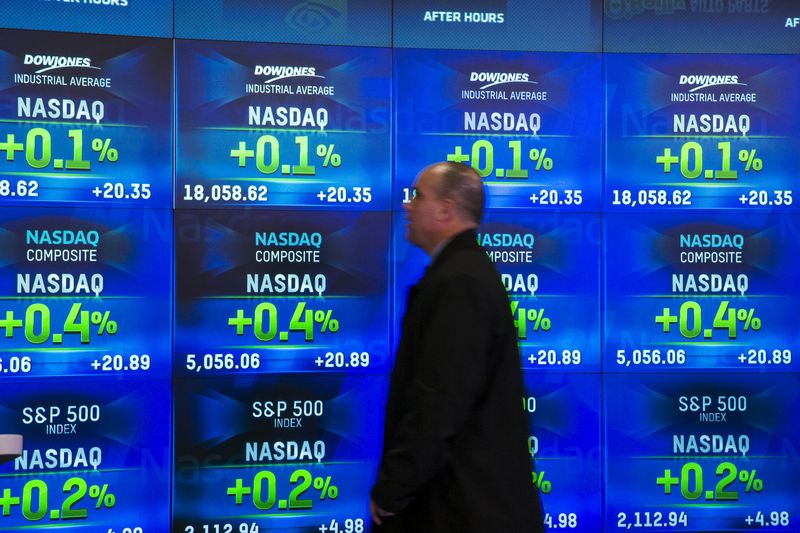(Bloomberg) --
A measure of fear in U.S. stocks surged on Monday as an emergency move by the Federal Reserve to ease policy did little to calm markets over the spreading coronavirus.
The CBOE Volatility Index jumped as high as 76.3 in early trading, according to data compiled by Bloomberg. That was just shy of its highest level since the 2008 financial crisis, which it posted during last week’s turbulence. Futures contracts on the gauge that expire on Wednesday also hit a historic 72.8.
Monday’s surge is the latest extreme move amid the sell-off engulfing markets as investors fret the impact of the virus. U.S. stocks fell so fast they hit a trading pause for the third time in a week. The S&P 500 last week recorded the biggest plunge since the crash on Black Monday in 1987.
Wall Street’s fear barometer, which tracks the 30-day implied volatility of the S&P 500 based on out-of-the-money options prices, wasn’t quoted earlier because futures for the benchmark equity gauge had hit their lower limit.
The futures curve on the VIX remains in backwardation, indicating that traders see more turbulence in the near-term than further in the future. The VIX hit its highest intraday level of 89.53 on Oct. 24, 2008.
